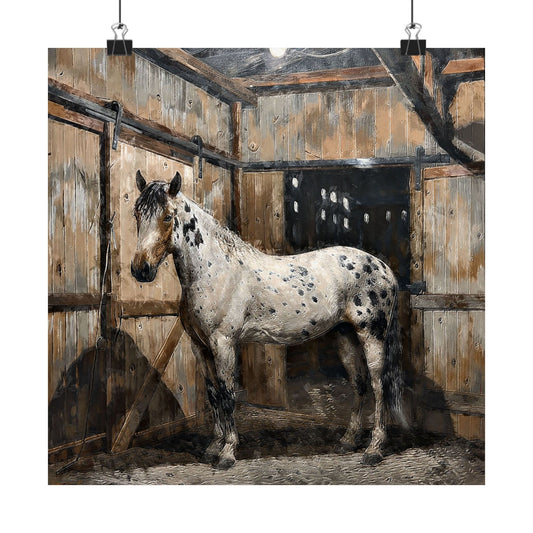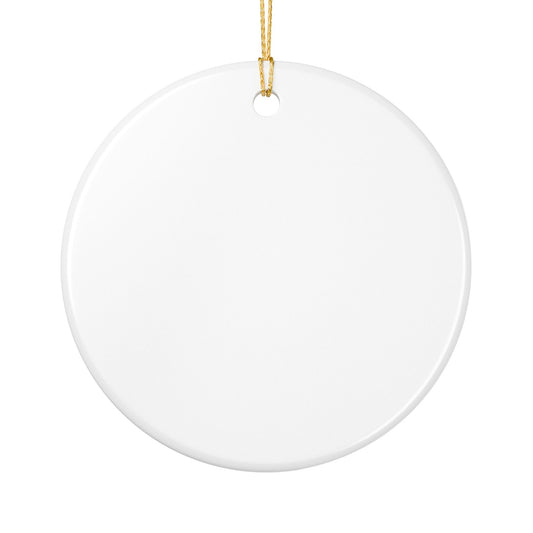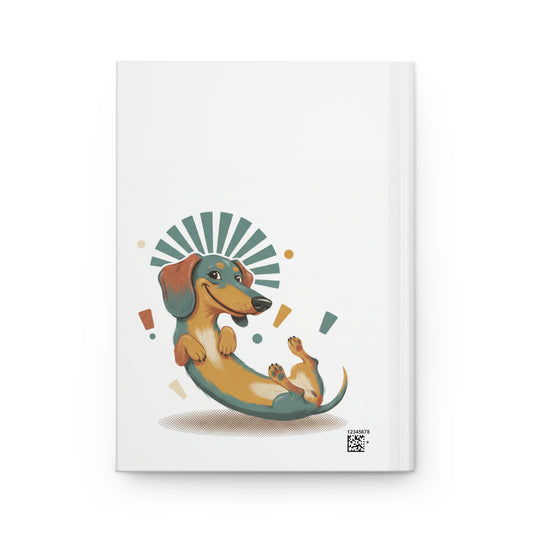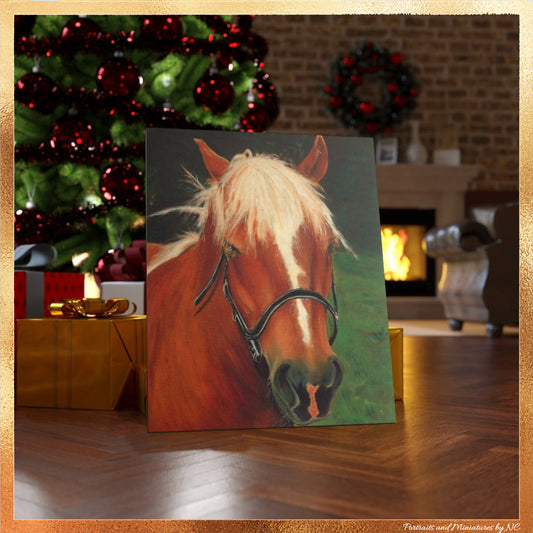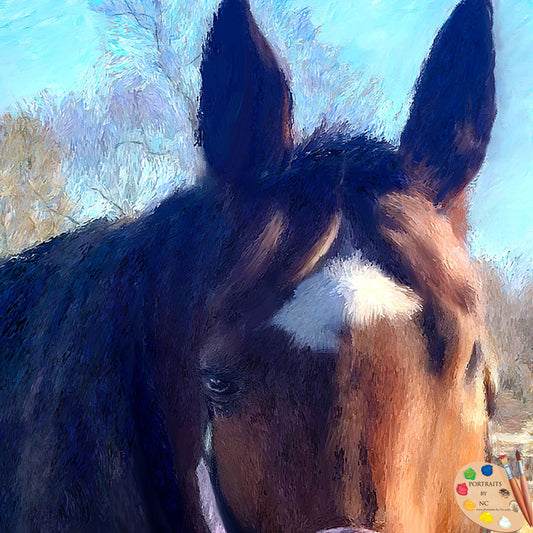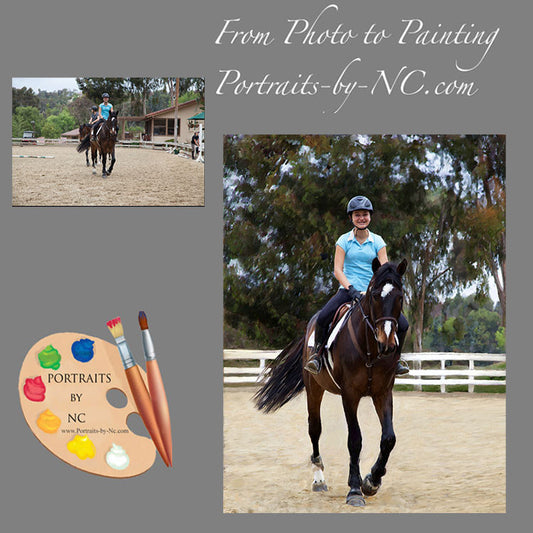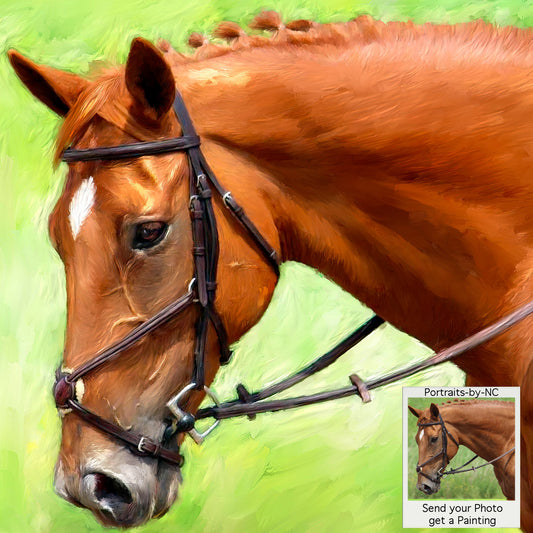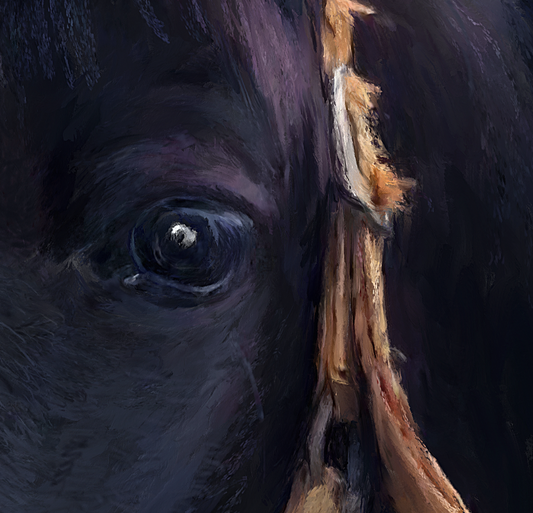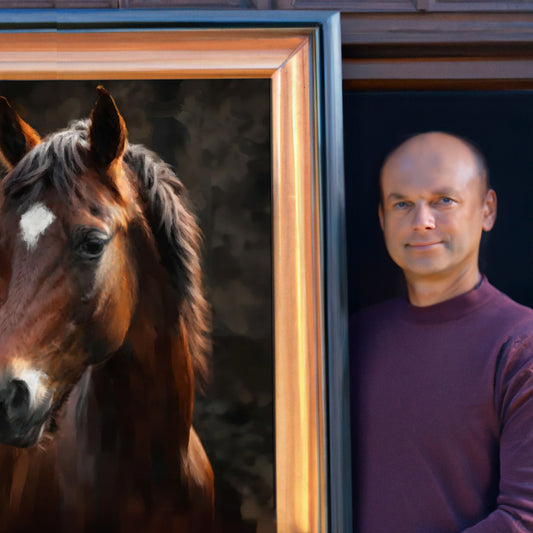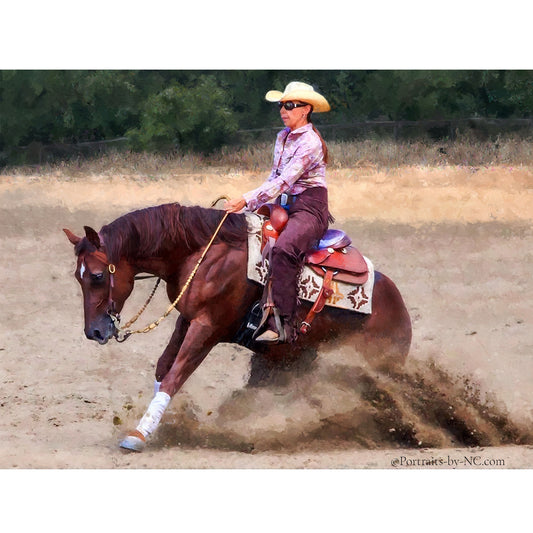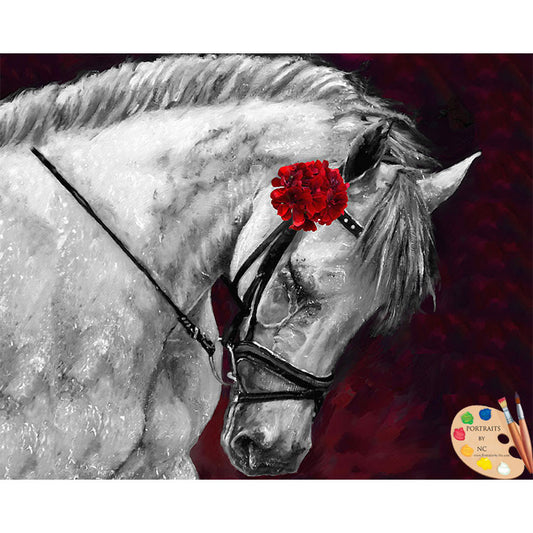The Battle of Tetuan
Share

Mariano Fortuny Marsal
The Battle of Tetuan, 1862-1864 Rome
Oil on Canvas/huile sur toile
Size?
Location?
Spanish Orientalist
Thought to be the finest Spanish painter of the nineteenth century after Francisco de Goya, Fortuny occupied a prominent place on the art scene of the period. Educated at the Llotja school, he completed his training in Rome on a grant from the Barcelona City Council, an institution which commissioned various works from him about the intervention of Catalan volunteers in the Spanish-Moroccan War that had broken out in 1859. For that reason Fortuny travelled to Tetuan at the beginning of 1860 and to Tangiers in 1862. The final result of the works in Morocco were a brace of unfinished canvases in which he depicted two of the most important clashes of the African campaign. The first, The Battle of Tetuan, a work of great size and in a format totally inhabitual in the artistic praxis of Fortuny, remained in his Rome studio, where it became a true emblem, until it was acquired on the painter's death in 1874 by the Barcelona Provincial Council. The second, The Battle of Wad-ras, is currently to be found in the Museo del Prado.
The fact that Fortuny did not finish The Battle of Tetuan and that the final result was very uneven and somewhat unhappy demonstrates the lack of motivation of the painter, who became increasingly aware that a history painting conceived within the genre's conventional parameters and characteristic stereotypes was at something of a remove from his painterly aspirations and his creative sensibility. On the other hand, notwithstanding the shortcomings of the staging that a grande machine required, the canvas is strangely compelling, given that it contains a visual poetics which paradoxically converts its compositional heterodoxy into one of the artist's chief attainments and merits.Source: National Museum of Art Catalonia






































